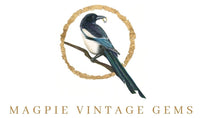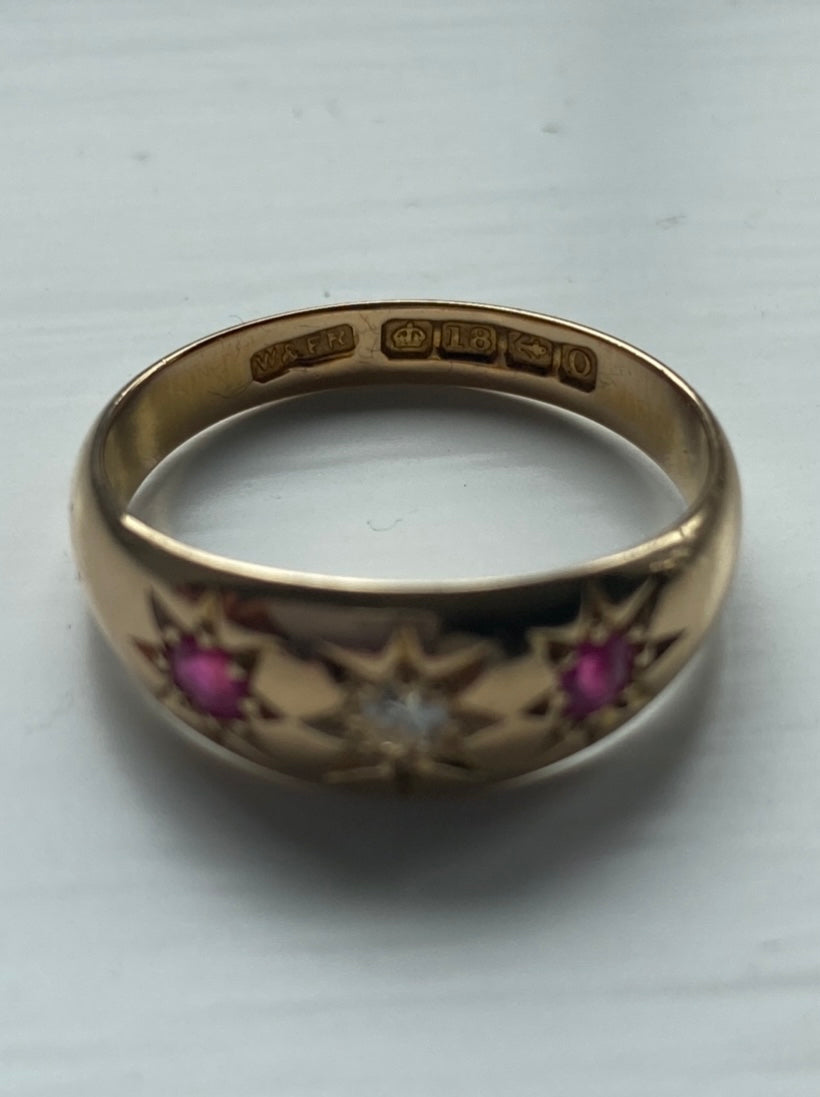It is so interesting to read the hallmarks inside a ring. You can tell so much about a piece's history from its markings. That said, pieces under a certain weight and some items made before 1950 may not bear a full hallmark so a bit of detective work, some knowledge of styles through the ages and a study of the stones can also help to give an approximate date.
Typically in the UK, a hallmark would consist of the following:
Sponsor mark - this is the manufacturer, person or company that sent the item for testing and hallmarking in this case W & FR.
Gold Fineness Mark - this shows the purity of the metal for example 375 - 9 carat gold is 37.5% gold content. 750 - 18 carat gold is 75% gold content. In older pieces it may simply be stamped 9 or 18. You may also see a crown which is the Gold Standard Mark.
Assay Office Mark - this is where the items was tested and marked. There are currently four Assay Offices in the UK, these are Birmingham (Anchor), London (Leopard's Head), Sheffield (Rose) and Edinburgh (Castle). In the past there were several other Assay Offices in the UK which have since closed. It is always exciting to find an old piece from a closed Assay Office such as Chester for example.
Date Letter Mark - this identifies the year in which the items was hallmarked. A new letter stamp is created for each year and destroyed after 12 months. This cycles through the alphabet but the font and shape of the stamp change each year so it is possible to pinpoint exactly which year a piece was hallmarked, In 1998 this date letter mark became optional.
Can you identify any of the markings on your jewellery?

